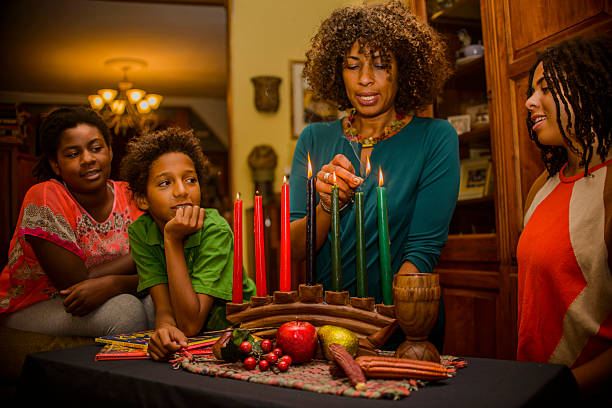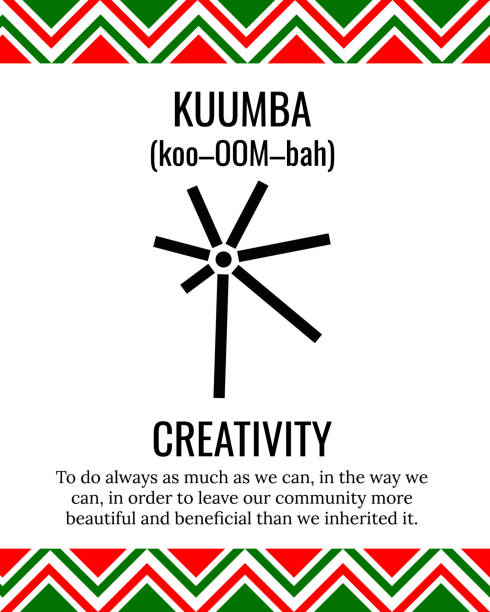
The sixth day of Kwanzaa is, of course, dedicated to discussing and celebrating the sixth principle. On this day, you’ll explore other ways you can contribute to uplifting yourself and your community.
Day 6 of Kwanzaa: Kuumba
The principle of Kuumba is centered on creativity. It’s where you focus on your creative side and all types of self-expression. This can include writing, painting, sculpting, filmmaking, and many others.
For Kuumba, you can pledge “to always do as much as we can, in the way we can, in order to leave our community more beautiful and beneficial than how we inherited it.”
When referencing this principle, Dr. Karenga noted that “Creativity means to perform acts that leave our community more beautiful and beneficial than we inherited it.”
With that in mind, you’ll celebrate Kuumba by finding ways to express your creativity or explore what you might be good at. While doing that, you can also support the creative endeavors of people within your neighborhood or further afield.
Some common ways to celebrate this principle within your community are to plan a performance or paint a mural. If there are buildings that can benefit from beautification, then you can have a consultation about showcasing your art or sculptures.
Day 6 of Kwanzaa is celebrated on December 31st.
RELATED: The Seven Days of Kwanzaa: Nia (Day 5)
How To Celebrate Kuumba
As with the other days of Kwanzaa, the leader starts the festivities by asking, "Habari gani?" or “What’s happening?” of everyone in attendance. Given that it’s the sixth day, you’ll reply with Kuumba to indicate that you’re celebrating the principle of creativity.
The group might be larger on this day because it’s common to invite others to partake. Once the leader says the prayer, the older adults willprepare the libations as well as the unity cup or cups. It will then be time for the assigned person to light the candles in the kinara in the required order.

First, they’ll light the black candle followed by the first red candle to the left of it. Then they would light the first green candle to the right of the black one followed by the second red candle. Finally, they’ll light the second green candle to the right of the black candle followed by the third red candle to the left. Lighting this red candle represents the commitment to using creative expression to benefit yourself and others.
The person who lit the candles will then make a statement about the principle of Kuumba followed by a song, passage, poem, or story. On this day, everyone is encouraged to showcase their creativity so there may be performances as well. These usually take the form of singing, poetry readings, storytelling, or putting on plays.
RELATED: Is Kwanzaa Like Christmas?
They may also reflect on their ancestors. During this time, the person who lit the candles will still remain in control of the proceedings. There may be traditional music playing throughout the celebrations and it’s not uncommon for the house to be decorated in the colors of Kwanzaa.
The sixth day of Kwanzaa is special because it’s when you have a feast that’s known as the Karamu. While the meal options can vary, they usually contain characteristically African ingredients such as corn, sesame seeds, peanuts, collard greens, and yam. Typically, you’ll make some spicy traditional dishes to share with everyone along with the libations that the older adults have prepared. After sharing the feast, the eldest of everyone who’s present will read the Tamshi La Tutaonana, which was written by Dr. Karenga.
Once that’s done, the candles are extinguished to symbolize the end of the day’s festivities.
As Kwanzaa nears its end, you would have considered several aspects of how you can improve your life and those of the people in your community. With only one day left, you’ll be getting prepared to pull everything you’ve learned together.








